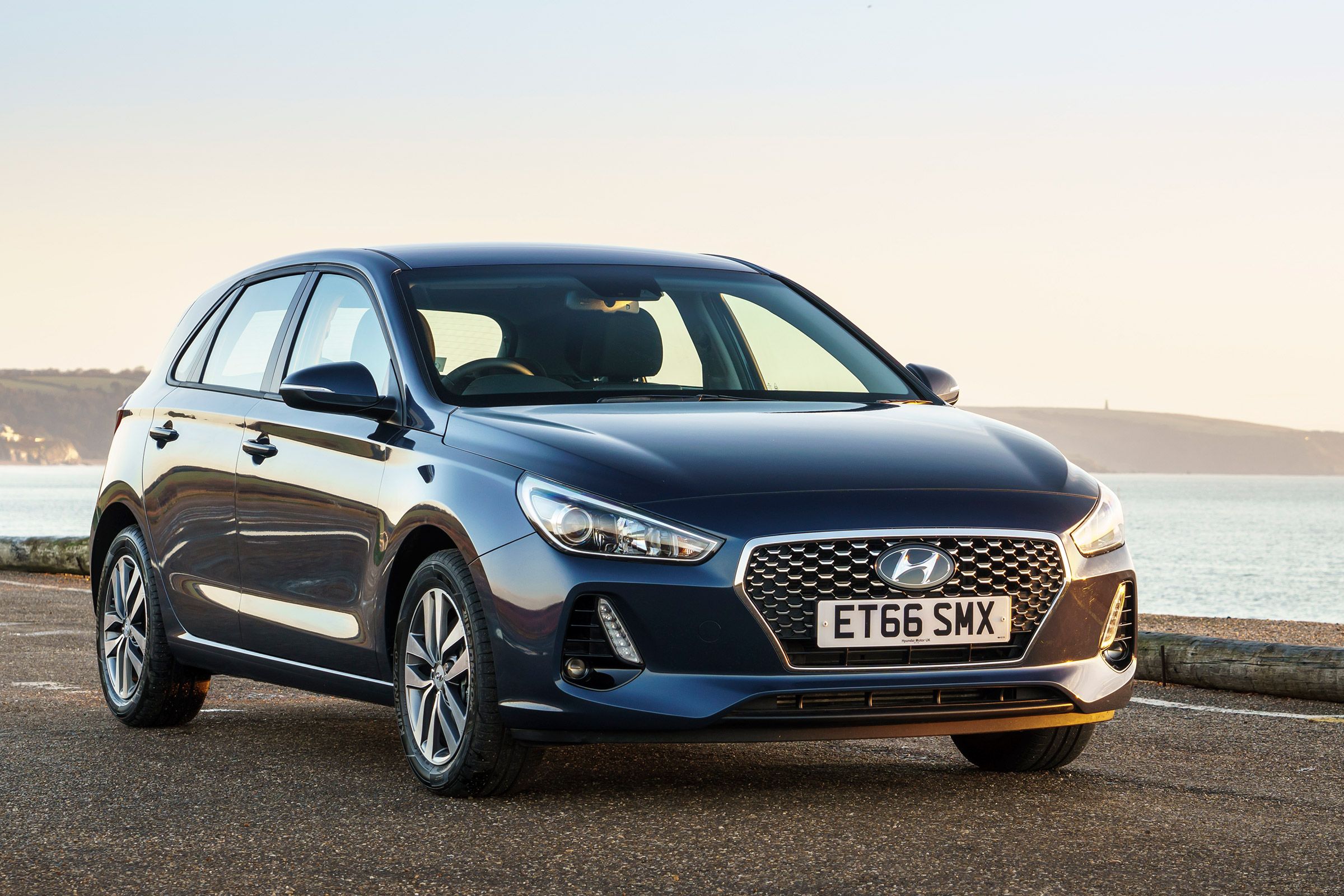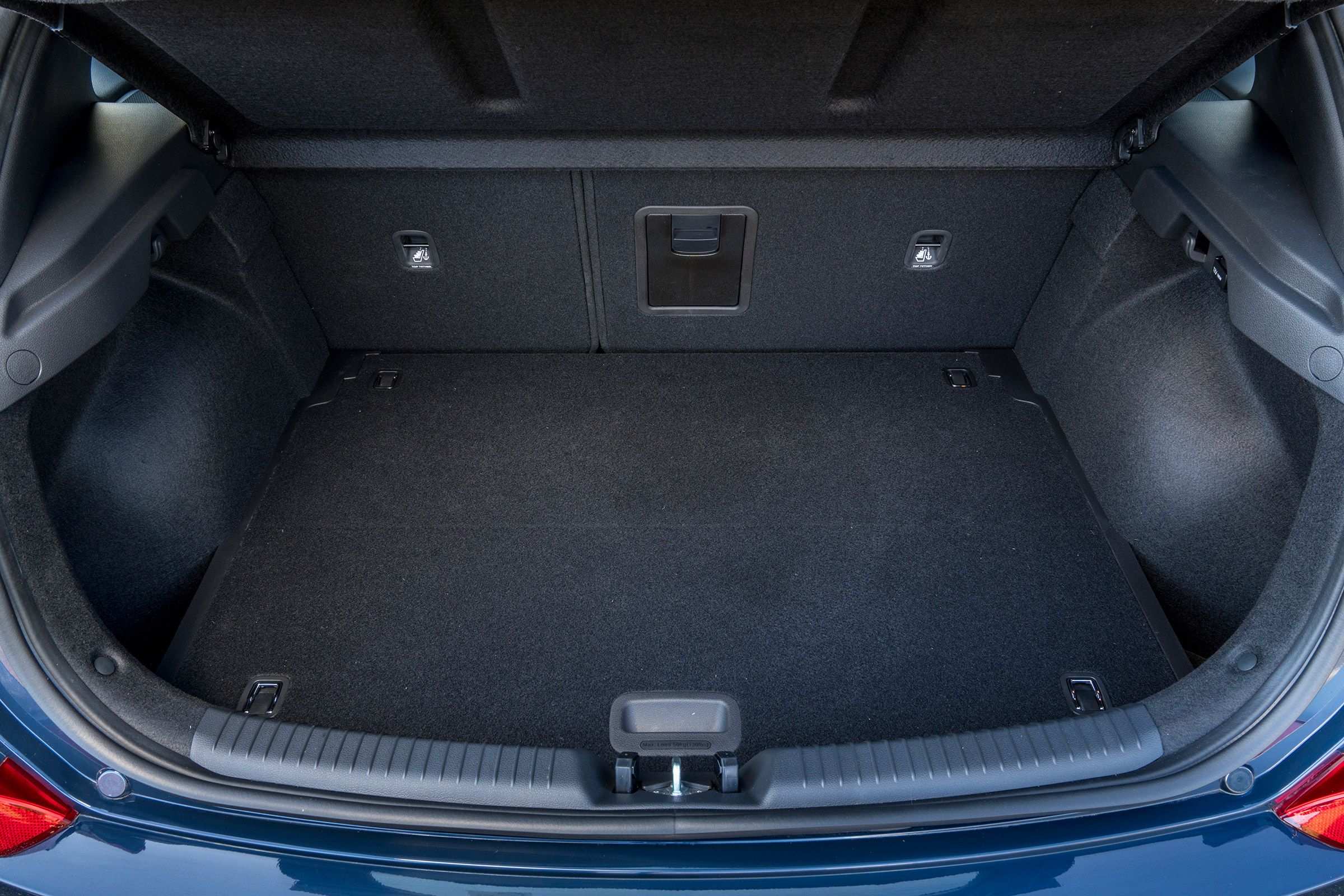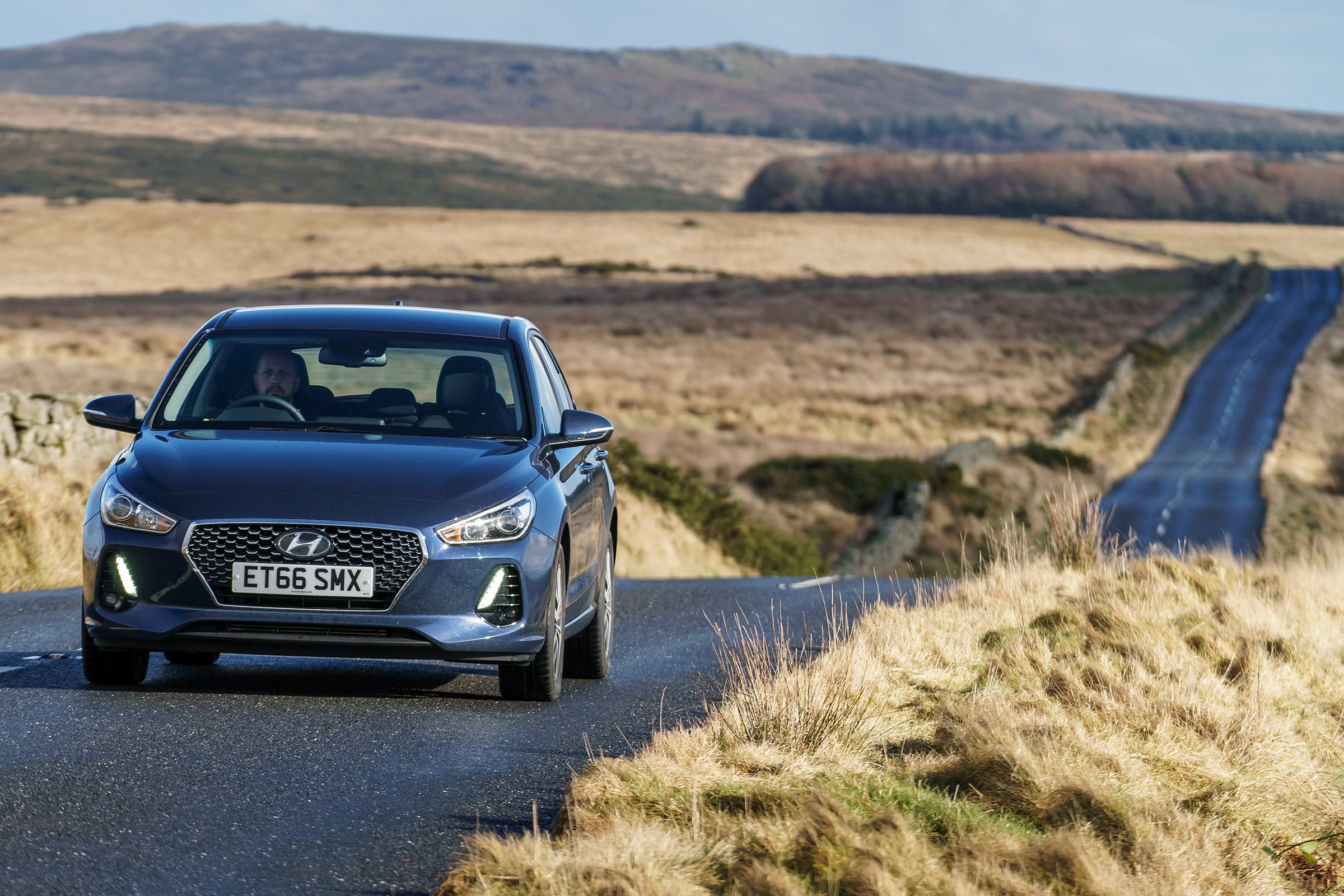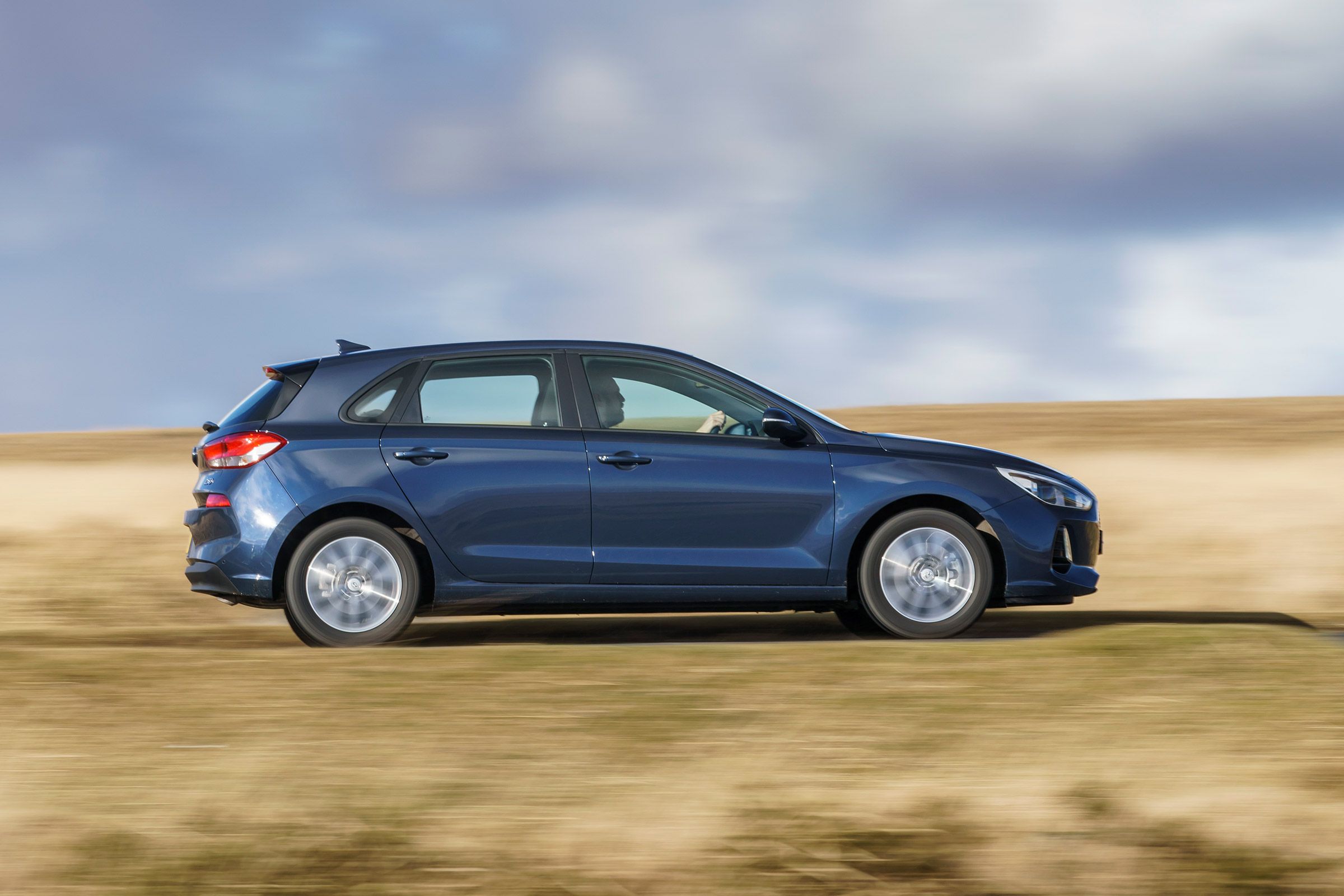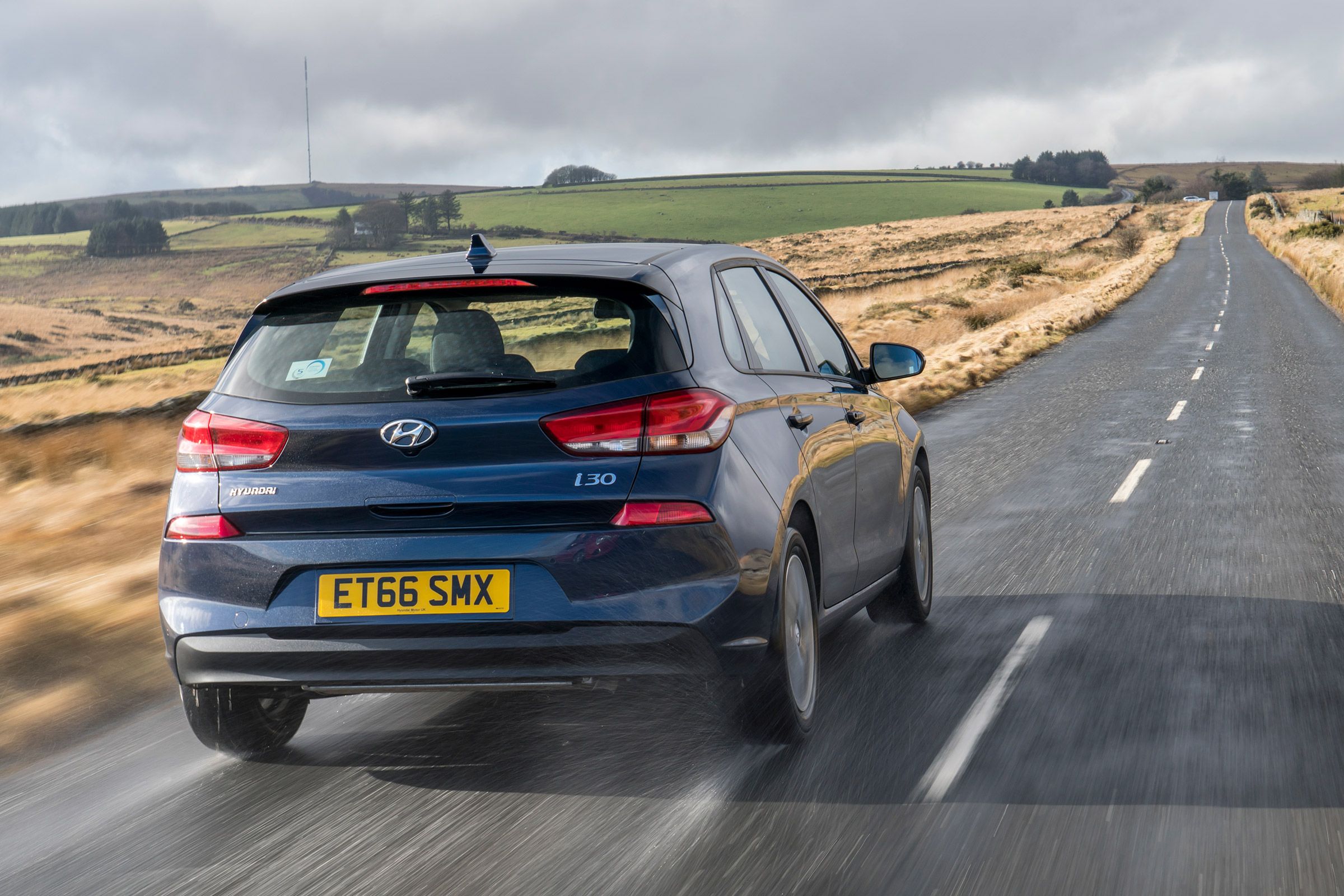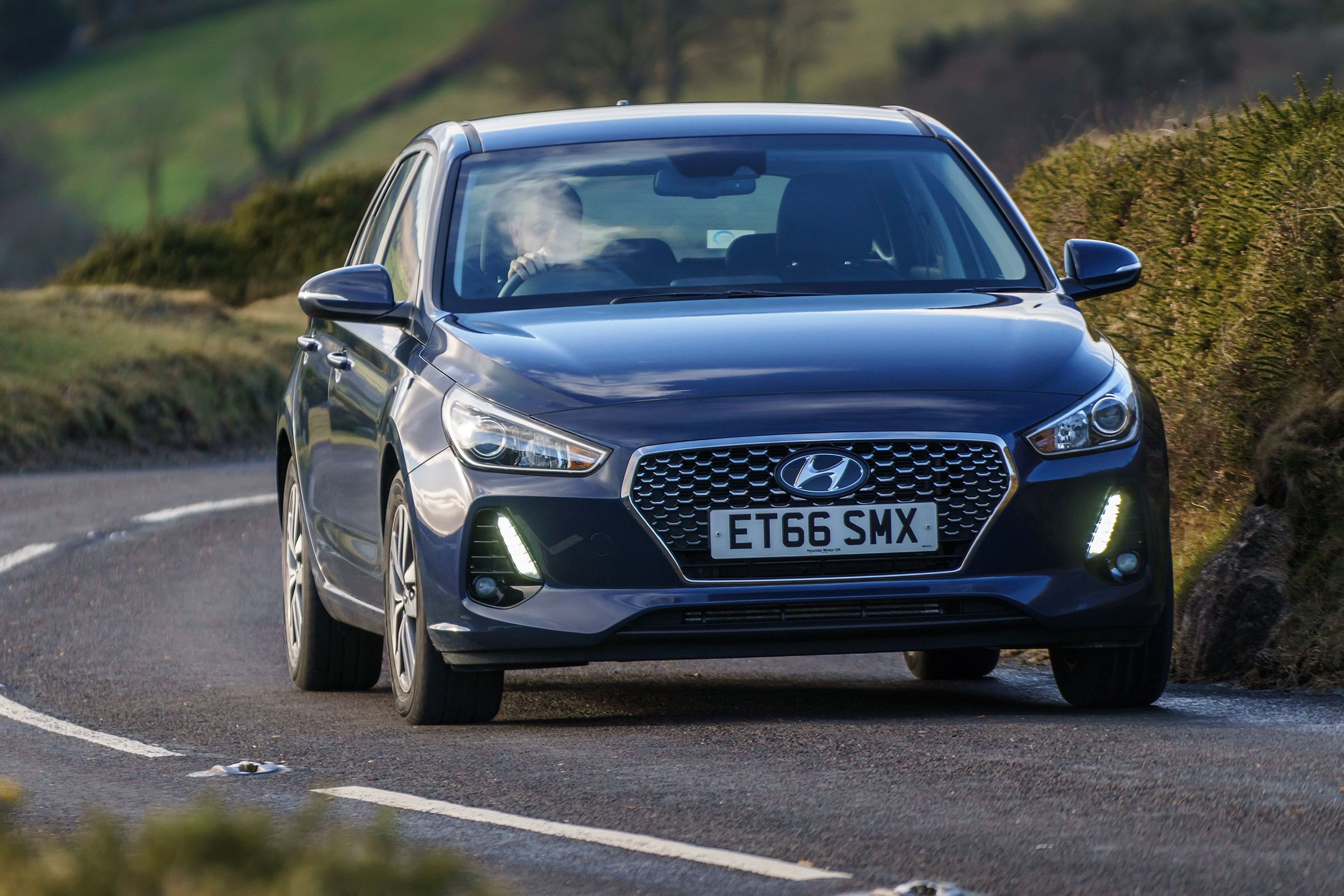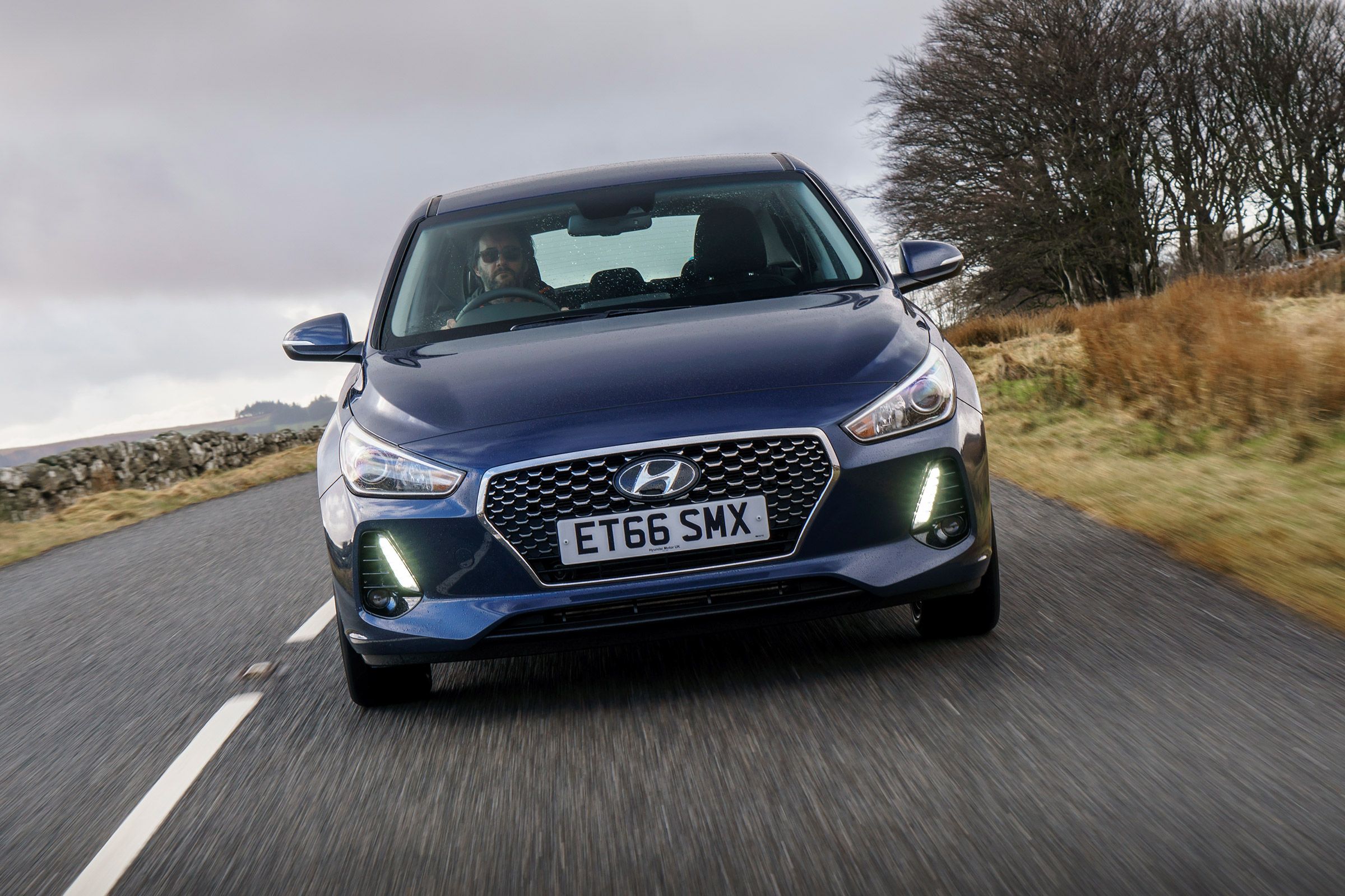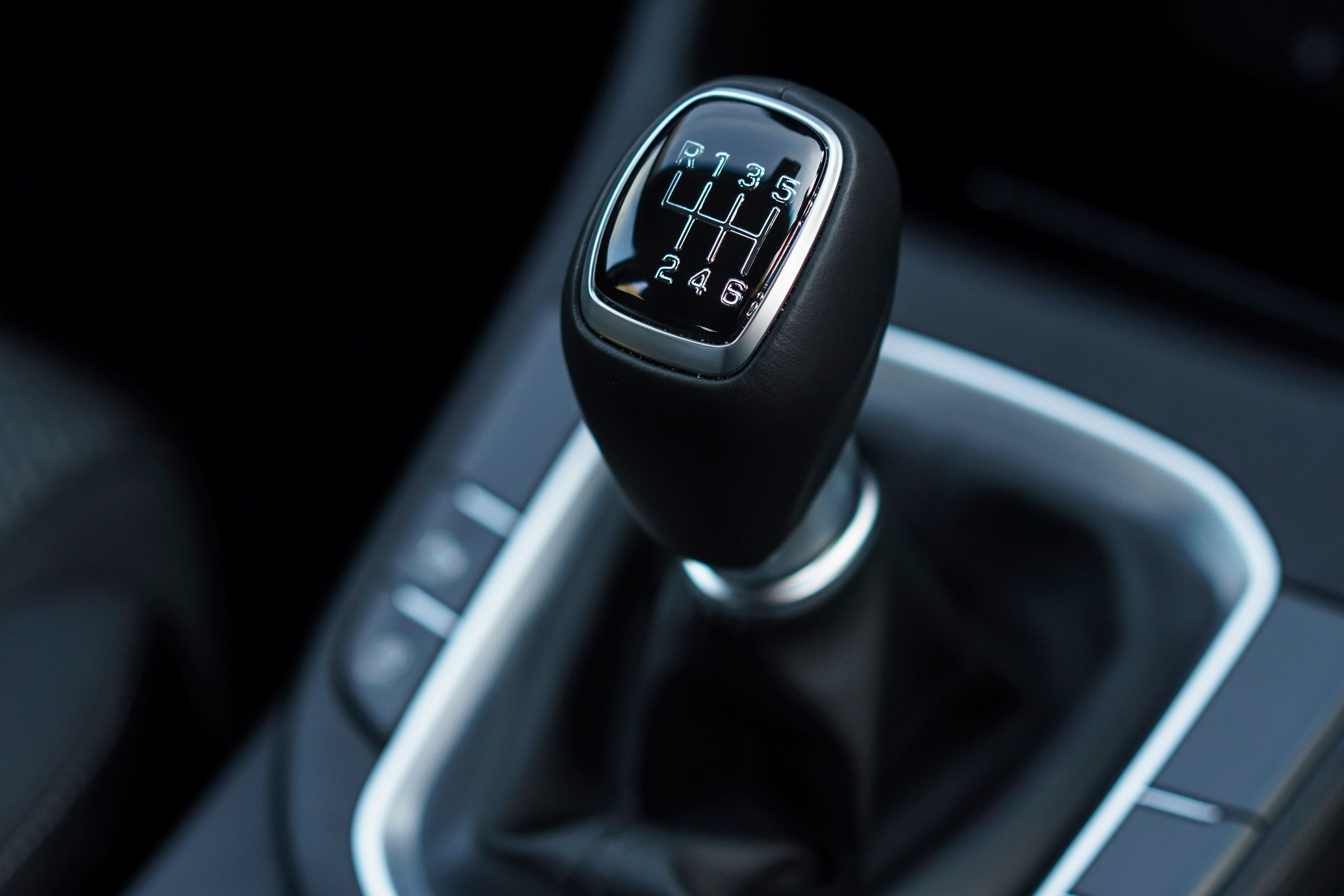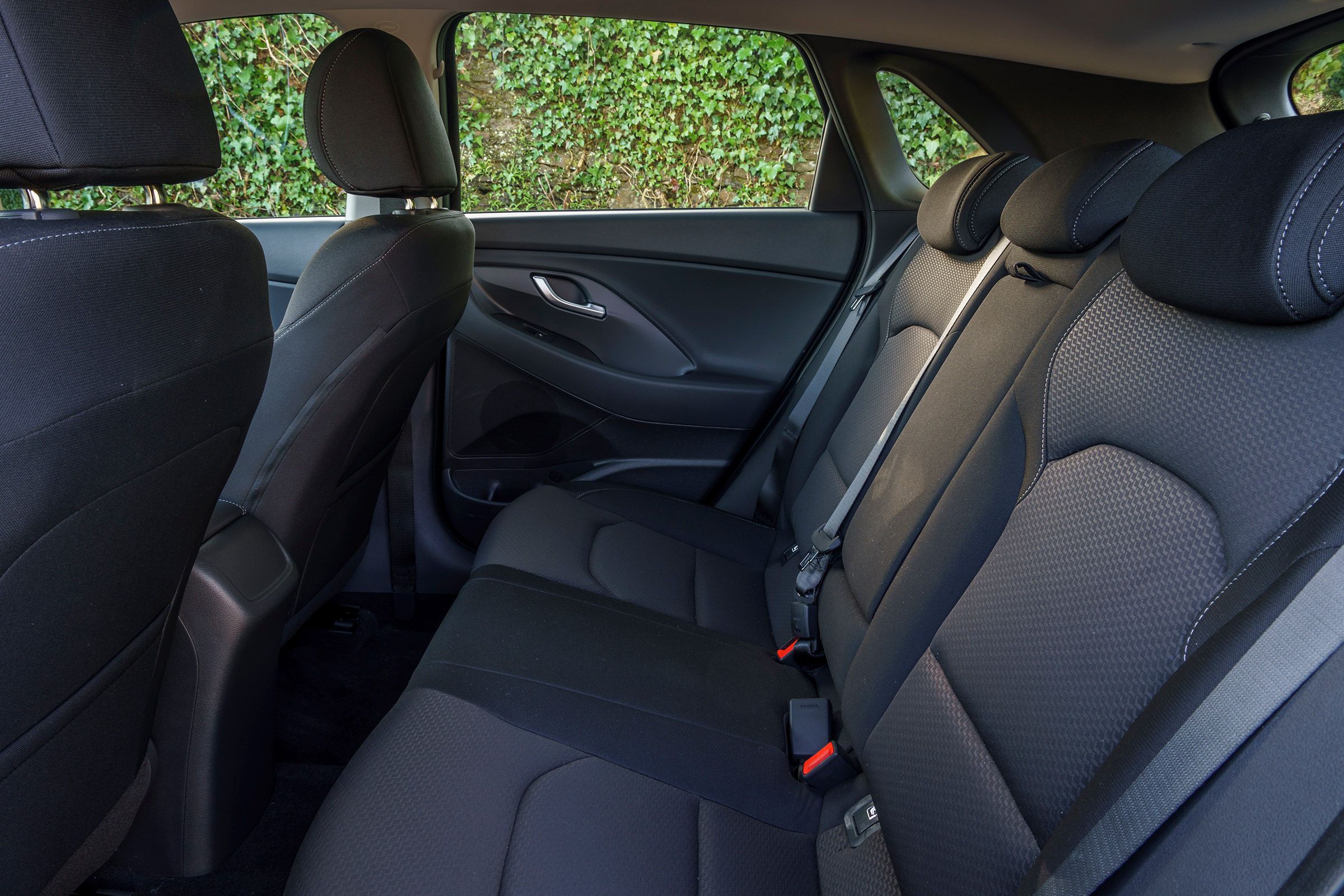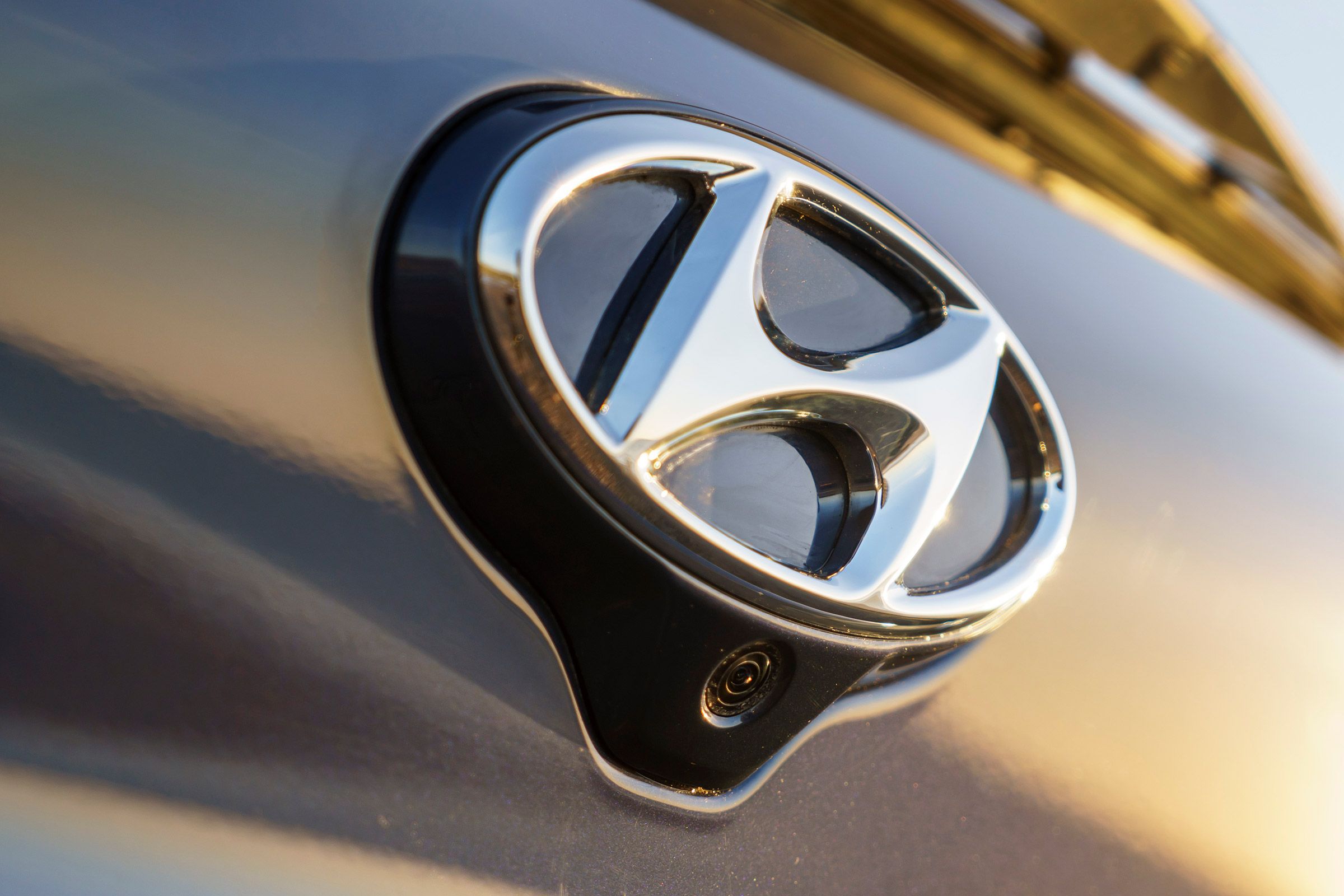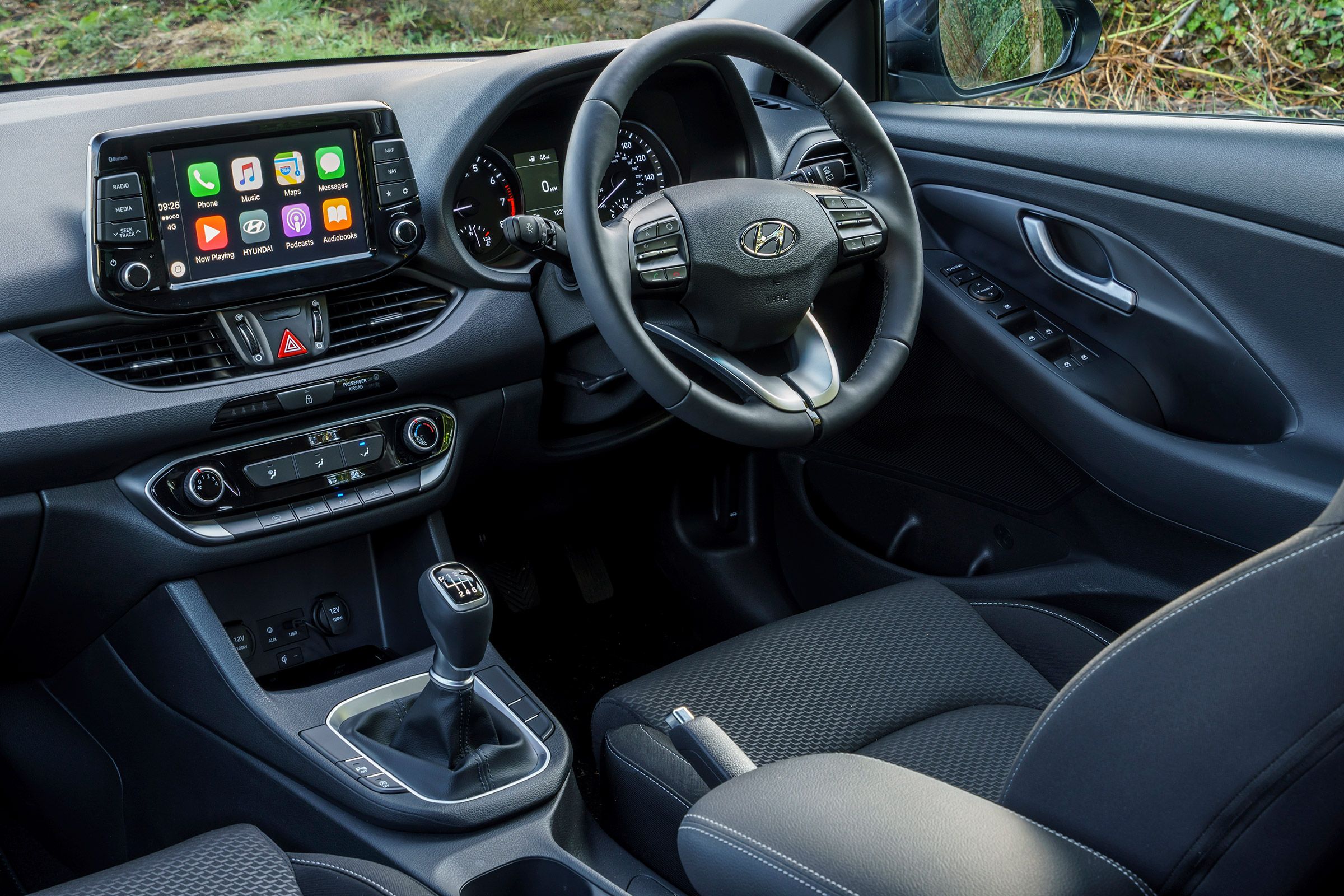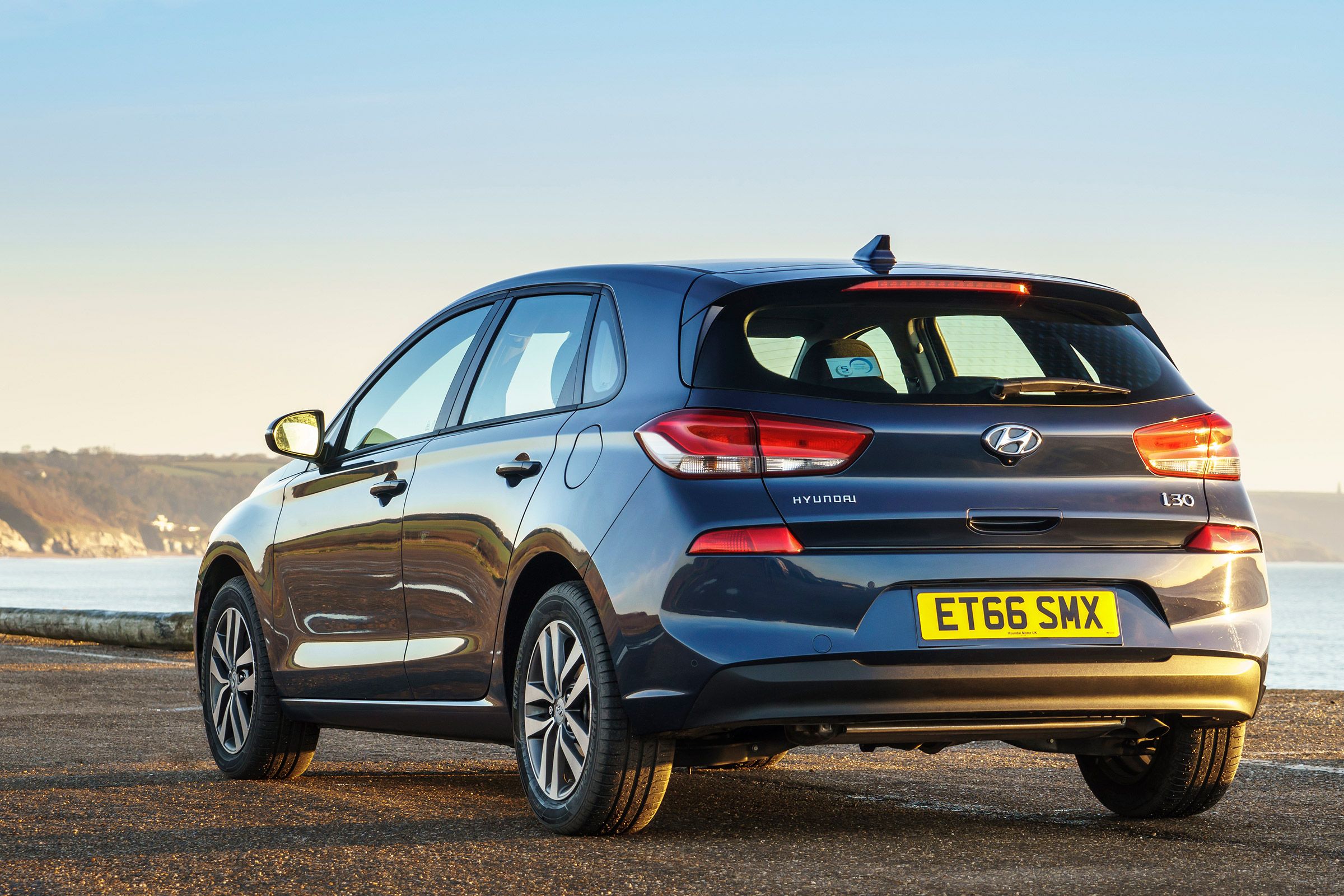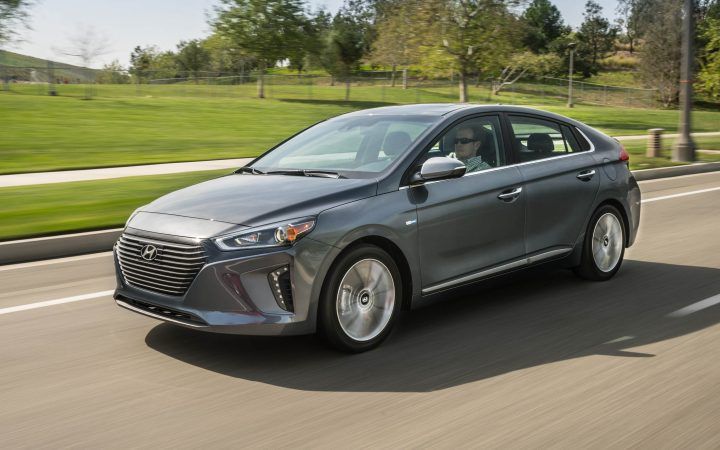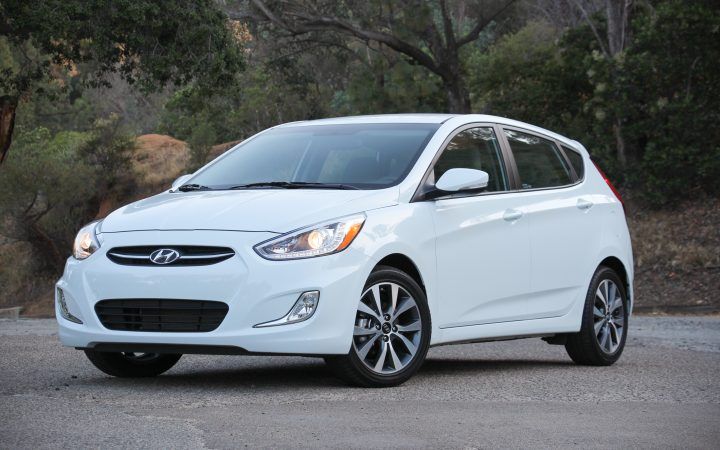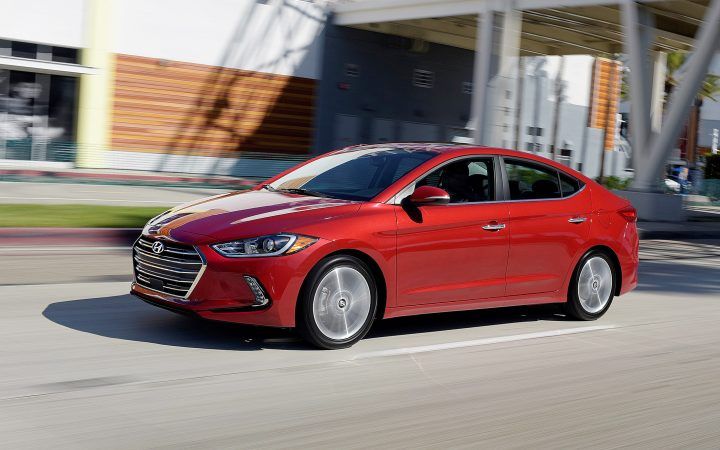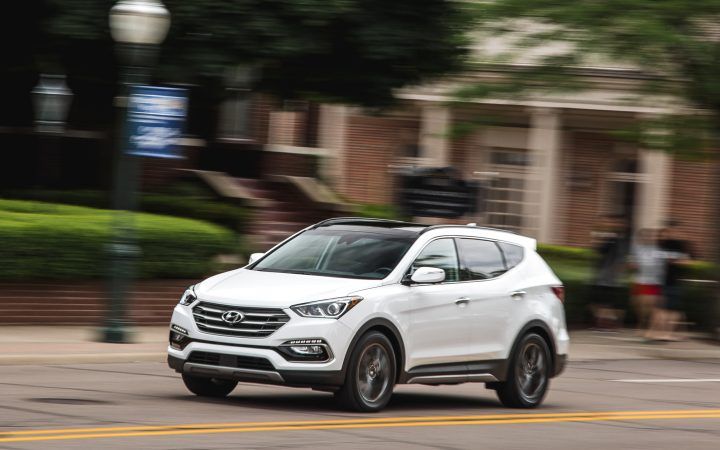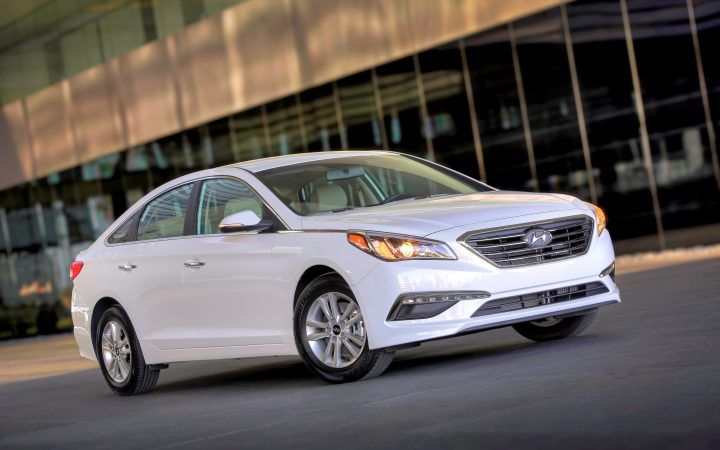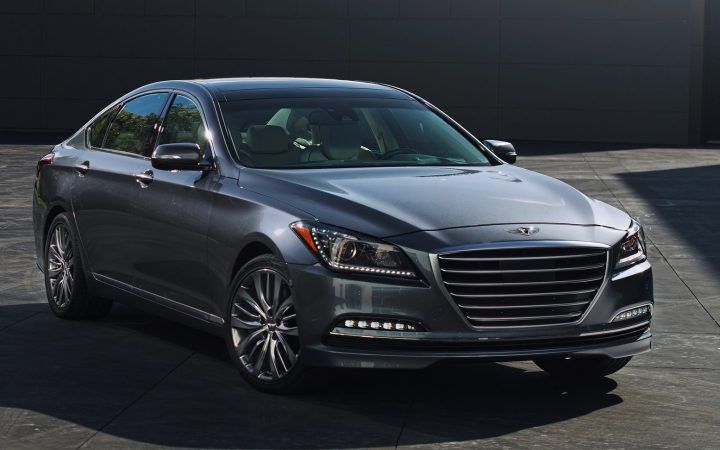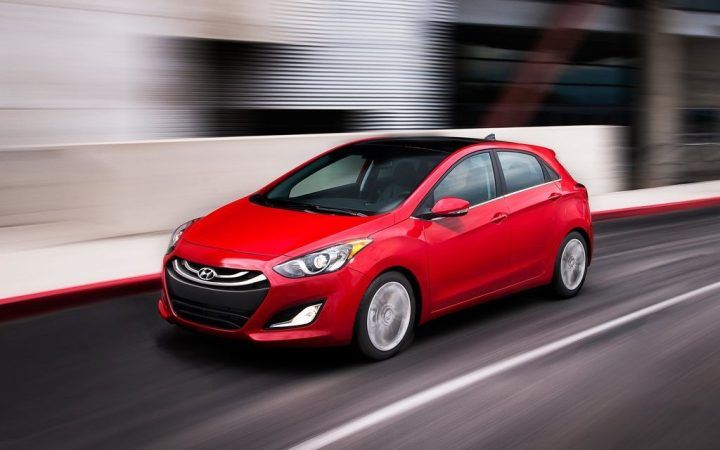The 2017 Hyundai i30 range offers three engine options, with the 1.0-litre turbo providing the best balance of performance and running costs, boasting a 0-62 mph time of 11.1 seconds. The 1.4 T-GDi is more powerful, with a claimed 0-62 mph time of 8.9 seconds; however, the bigger capacity unit does not offer as many benefits as anticipated.
The New Generation Hyundai i30 is the DNA car for Hyundai Motor, embodying the core of the Hyundai brand in Europe. Hyundai Motor has achieved a new milestone and changed customers' perception of Hyundai as a brand that is European-inspired. The New Generation i30, arriving in early 2017, offers modern solutions, individual style, and flexibility to meet evolving customer values and attitudes.
The New Generation Hyundai i30 has been designed with the needs of customers in mind, making it the perfect "people's car". Jochen Sengpiehl, Vice President Marketing at Hyundai Motor Europe, commented: "It is accessible, attractive in design and great to drive, with up-to-date infotainment and connectivity features to satisfy the requirements of today's digital natives and modern customers."
The i30 offers superior build quality, an efficient and dynamic ride, and a cutting-edge safety package. It has more active safety features than any other Hyundai vehicle, and is backed by the unique and industry-leading 5-year unlimited mileage warranty.
Peter Schreyer, President and Chief Design Officer of Hyundai Motor Group, stated: "We kept a wide range of people in mind when designing this car. As a result, the design is an evolution of Hyundai Motor's design language, featuring natural flowing lines, refined surfaces, and a sculpted body for a timeless appearance."
The New Generation Hyundai i30 offers a comfortable and dynamic driving experience, with a selection of efficient and dynamic powertrains available. It is also the first Hyundai car to feature the new turbocharged 1.4 T-GDI petrol engine with 140 PS, offering agile and responsive handling.
The New Generation i30 family will feature an array of distinct products, united by a timeless, balanced design that is consistent and coherent for each body type. Hyundai Motor's first high performance model under the N brand will enter production in 2017.
Since entering the European market in the 1990s, Hyundai Motor has come a long way. Initially, customers mainly purchased Hyundai cars for their affordable prices. However, the company has quickly adapted to customer demands and become the leading Asian car brand in Europe.
In pursuit of this strategy, Hyundai Motor established production facilities in Turkey in 1997 and the Czech Republic in 2008. These two factories boast a combined capacity of more than 500,000 cars annually, meeting the highest quality standards to meet European customer expectations. Hyundai Motor also offers an impressive 5-year unlimited mileage warranty, providing customers with peace of mind.
In 1995, Hyundai Motor opened a European R&D and Design Centre with two people providing input on European customer preferences to the global headquarters in Korea. This was reinforced in 2003 with a new centre for design and engineering in Rüsselsheim, now employing over 300 employees.
In 2013, Hyundai Motor Company took a major step forward by opening the largest testing centre at the Nürburgring. Here, they could assess the quality, durability and performance of their vehicles with accelerated and exceptional durability testing, covering 10,000 km at 95% of limit. This equates to 150,000 kilometres of regular use on public roads. Since then, 40 cars have been tested over 20,000 laps, totalling 416,000 kilometres and amounting to 6.25 million kilometres of customer use.
The focus on European preferences has been successful for Hyundai Motor; design is the top reason for purchasing the second-generation i30 (which has sold approximately 400,000 cars in Europe). Hyundai Motor now has 2,500 outlets in 31 European countries and 90% of vehicles are designed, engineered, tested, and manufactured in Europe to meet customer needs.
The New Generation i30 takes Hyundai's design language to the next level, featuring natural flowing lines, refined surfaces, and a sculpted body for a timeless and confident look. It also has the Cascading Grille, which will become the new family identity for Hyundai models in the future. The exterior has a balanced and coherent appearance, reinforced by a horizontal character line, and the interior has a horizontal layout.
The New Generation Hyundai i30 exudes confidence and expression on the road, with its Cascading Grille inspired by molten steel and decorated with chrome-plated dots for a sophisticated look. Its three-projector full LED (low and high beam) headlamps and LED vertical daytime running lights with indicator function, combined with the grille, create a strong visual presence. Fog lamps are integrated into air curtains for an even more projector-type front.
The New Generation Hyundai i30 boasts harmonious proportions, short front and rear overhangs, and a long bonnet with a moved back A pillar, creating a dynamic and compact stance. Its sleek character line flows from the headlamp along the nearly horizontal belt line to connect with LED rear lamps, wrapping around the rear for a timeless and dynamic appearance. The slightly sloping roofline and black rear spoiler further improve the car's aerodynamics, which boast a coefficient of drag of 0.30, thanks to features such as an active air flap in the front.
The i30's strong rear end design features a sculpted and three-dimensional appearance with a signature light graphic incorporating the high-positioned reflectors and fog lamps, setting it apart on the road. It is available with 17-inch two-tone 10-spoke alloy wheels, 16-inch two-tone 10-spoke alloy wheels or 15-inch steel and alloy wheels, and twelve exterior colours, including three pearl choices, seven metallic choices, and two solid choices (subject to market specification).
The interior of the New Generation i30 is designed with a horizontal layout to create an elegant and spacious atmosphere. The optional eight-inch navigation touch screen on the dashboard integrates navigation, media, and connectivity features and is positioned ergonomically for drivers to stay focused on the road ahead. The three-spoke steering wheel, which can be heated for extra comfort, allows for intuitive operation of all functions through the ergonomic controls. The climate and temperature control is conveniently located in the centre console and can be easily adjusted with the dials without distracting the driver.
The New Generation Hyundai i30 offers generous passenger and luggage space, with a segment-leading roominess. An optional panoramic glass sunroof, which can tilt or slide open, further enhances the feeling of spaciousness. The armrest slides forward for optimum comfort and can be opened to access additional storage. It has a luggage capacity of up to 395 litres (VDA 211) and a two-stage luggage board and ski hatch in the rear centre seat.
Customers can select from three colour options for the interior: Oceanids black with two different cloth seat options or black leather seats; a two-tone combination of Slate Grey and Oceanids black with cloth or leather seats featuring a diamond pattern; or the two-tone combination of Indigo Blue and Oceanids Black with leather seats. The driver's seat comes with a memory seat function with two programmable seat positions.
The new Hyundai i30 is equipped with a selection of turbocharged petrol and diesel engines, providing a dynamic and efficient driving experience. Choose from three petrol engines and one diesel engine, including the 1.4 T-GDI turbocharged four-cylinder, Hyundai's first, with 140 PS, the 1.0 T-GDI turbocharged three-cylinder with 120 PS, and the 1.4 MPI four-cylinder with 100 PS. The diesel engine is the 1.6-litre turbocharged four-cylinder, with power outputs of 95, 110 and 133 PS. CO2 emissions start from 89g CO2/km (target values). The engines are mated to either a 6MT manual transmission or Hyundai's 7DCT dual-clutch transmission, with the option of fully automatic operation or manual gear changes.
The 1,353 cc four-cylinder turbocharged petrol engine is lighter than its predecessor, the Gamma 1.4-litre engine, and delivers 140 PS and 242 Nm of torque. The turbocharger, integrated in the exhaust manifold, improves operational efficiency, with enhanced throttle response and low-end torque. Fuel is injected directly into the cylinder, increasing combustion rates for better power and fuel efficiency. This engine is available with either the 6MT or 7DCT.
The 1.0 T-GDI, developed by the Namyang Technical Centre in Korea and the European Technical Centre in Germany, offers 120 PS and 170 Nm of power. It features an electronically-controlled waste-gate actuator, which improves fuel efficiency and throttle response. It also has a six-hole GDI injector, pressurized to 200 bar, ensuring clean combustion and improved fuel economy and emissions. Additionally, the exhaust manifold is integrated in the cylinder head, cooled efficiently by the cylinder head water-cooling system, resulting in improved fuel consumption and emissions. The 1.0 T-GDI is available with a 6MT.
The New Generation Hyundai i30 is equipped with a 1.6-litre turbocharged four-cylinder engine, offering three power outputs: 95 PS (Standard Power), 110 PS (Mid Power), and 133 PS (High Power), with a maximum torque of 275 Nm. Both the Mid Power and High Power versions are available with either a 6MT or 7DCT. Hyundai Motor's 7DCT, introduced in 2015, offers up to 20% improvement in fuel consumption and CO2 emissions compared to a conventional six-gear automated transmission, as well as a 10% increase in acceleration performance. The 7DCT consists of two dry clutches, an actuator for each clutch, and an electric motor-driven actuator for optimised responsiveness, with external dampers to reduce noise, vibration, and harshness.
The New Generation i30 has been rigorously tested in Europe, including on the Nürburgring Nordschleife and public roads from Sweden to Spain. It provides a 10% more direct steering and a 15 millisecond faster response than its predecessor, with precise, natural, and connected steering; agile, responsive, and predictable handling; and a dynamic ride without compromising comfort, with good body control.
The chassis of the New Generation i30 has been completely redesigned to deliver a dynamic and compliant driving experience with superior ride comfort. This is achieved through the standard multi-link rear suspension for all models, featuring a dual lower-arm and performance-oriented shock absorbers. Brake diameter size has been increased to 288 mm in the front, providing a stronger braking force, especially in hot wheel conditions.
The New Generation i30 features 53% Advanced High-Strength Steel, which is unique to Hyundai Motor as the only car manufacturer to produce its own steel for vehicle production worldwide. This has nearly doubled the amount of Advanced High Strength Steel, while reducing the body-in-white weight by 28 kg and increasing rigidity by 22% compared to its predecessor. Additionally, the use of structural adhesives has been increased to 112 m, improving stiffness while reducing weight.
Smart connectivity features make the New Generation i30 a smart choice. Customers can choose between the standard premium audio system with a five-inch capacitive LCD touch screen with integrated dynamic rear-view camera, Bluetooth connectivity and My Music functionality, or the optional new generation navigation system with an eight-inch capacitive touch screen. To connect their smartphones with the eight-inch navigation system, customers have access to Apple CarPlay and Android Auto, allowing them to manage and control music, phone, and navigation functions on-screen. The New Generation i30 also offers a wireless inductive charging pad (Qi standard) for mobile phones and a USB port in the closed centre console.
The New Generation i30 comes with a complimentary seven-year subscription to TomTom LIVE services, offering real-time updates on weather, traffic, speed cameras and points of interest. It is equipped with 3D maps, a USB port to display photos, and the most advanced safety package, including Autonomous Emergency Braking (AEB) with Front Collision Warning System, Smart Cruise Control, Blind Spot Detection, Rear Cross Traffic Alert, Lane Keeping Assist System, Speed Limit Information Function, and High Beam Assist. AEB is active at speeds of 10 km/h or more, alerting the driver visually and acoustically, controlling the brake according to the collision danger stage, and applying maximum braking force prior to the moment of impact.
Driver Attention Alert (DAA) is a pioneering driver protection feature from Hyundai Motor. It monitors driving patterns to detect and prevent potential accidents caused by reckless or fatigued driving, analysing various signals such as steering angle, torque, lane position and driving time. The driver can adjust the system's sensitivity. If inattentive driving is detected, an audible sound and message on the instrument display will alert the driver.
Smart Cruise Control (SCC) uses front radar sensors to maintain a constant speed and distance from the vehicle ahead without the need for the accelerator or brake pedals. It is automatically cancelled when speed drops below 10 km/h.
The Blind Spot Detector (BSD) uses radar technology to monitor the rear corners of the vehicle. If another vehicle is detected, a visual alert is displayed on the exterior mirrors and an audible signal is emitted when the driver activates the indicators, including during lane changes.
The Rear-Cross Traffic Alert (RCTA) utilises the BSD sensors to reduce the risk of collision when reversing out of low visibility areas. A 180-degree radar scans behind the vehicle for approaching cross-traffic and alerts the driver visually and acoustically.
The Lane Keeping Assist System (LKAS) alerts the driver of any unsafe movements at speeds over 60 km/h, emitting an alarm if the car strays over white, grey and blue lines, or Bott's dots on the road. Additionally, the LKAS warns the driver both acoustically and visually before inducing corrective steering to guide the driver back to a safe position.
The Speed Limit Information Function (SLIF) uses the front camera and navigation system to detect speed limit signs on the road and displays the speed limit in real-time on the navigation system display and the TFT cluster. High Beam Assist (HBA) automatically detects oncoming vehicles and other vehicles in the same lane at night, switching to low-beam to prevent dazzling other drivers. When no other vehicles are present, it reverts back to high-beam for optimal visibility.
The New Generation 30 is designed with the highest level of passive safety, incorporating 53% Advanced High Strength Steel, making it 22% stiffer and better at absorbing impact energy and reducing distortion in a crash. Moreover, an improved hot stamping method has enabled the side outer reinforcement to be a single component, reducing weight by 4.1 kg and increasing rigidity and impact energy absorption.
The New Generation Hyundai i30 is fitted with seven airbags, including a knee airbag for the driver. These comprise the two front airbags, two side airbags, and two curtain airbags from first to second row, all of which ensure the safety of the driver and passengers. The additional knee airbag provides extra protection in the event of a frontal collision.


